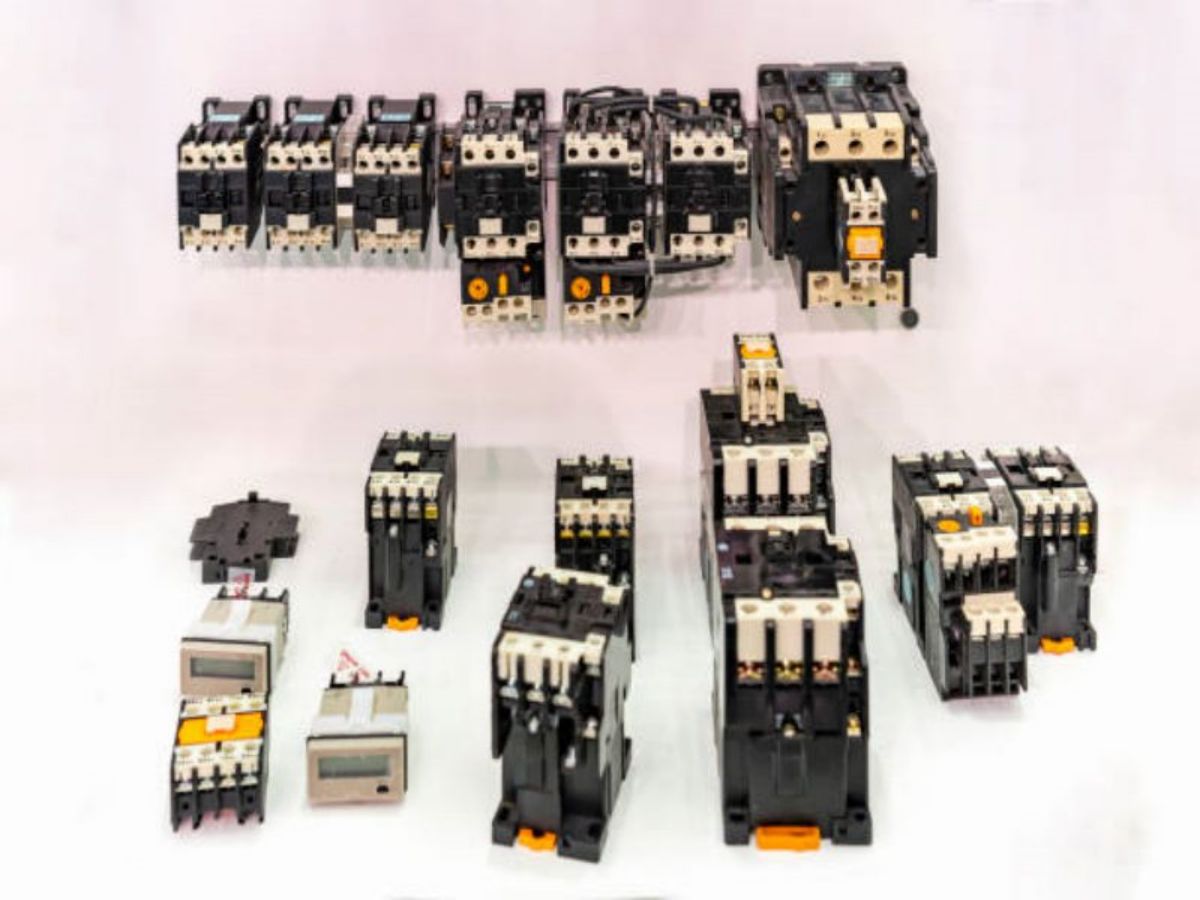Table of Contents

Understanding contactor overload: What It Is and Why It Matters
Contactor overload is a common issue that can occur in electrical systems, particularly those involving heavy machinery and equipment. This phenomenon happens when the electrical current passing through a contactor exceeds its rated capacity, causing the contactor to overheat and potentially fail. In this article, we will explore the various causes of contactor overload and discuss preventive measures that can be taken to avoid this problem.
Causes of Contactor Overload
Several factors can contribute to contactor overload. Understanding these causes is crucial in effectively preventing and addressing this issue. Let's take a closer look at some of the most common causes:
1. Excessive Electrical Load
One of the primary causes of contactor overload is an excessive electrical load. When the current flowing through the contactor exceeds its rated capacity, the contactor becomes overwhelmed and overheats. This can occur when multiple electrical devices or machinery are connected to the same contactor, drawing more current collectively than the contactor can handle.
2. Insufficient Contact Rating
Using a contactor that has a lower rating than the required electrical load is another common cause of overload. It is essential to ensure that the contactor's rating matches or exceeds the maximum current it will be subjected to in the system. Failure to do so can lead to premature contactor failure and potential safety hazards.
3. Voltage Fluctuations
Unstable or fluctuating voltages can also contribute to contactor overload. When the voltage supplied to the contactor is higher than its rated voltage, the current passing through it increases accordingly. This increase in current can overload the contactor and lead to overheating. Proper voltage regulation and monitoring are crucial to prevent this issue.
4. Inadequate Cooling
Contactor overload can also be caused by insufficient cooling. Contactors generate heat when carrying electrical currents, and if this heat is not adequately dissipated, the contactor can overheat and fail. Poor ventilation, dust accumulation, or improper installation can all contribute to inadequate cooling.
5. Faulty Wiring
Faulty or incorrect wiring can create additional resistance in the electrical circuit, leading to increased current flow and contactor overload. It is crucial to ensure that the wiring is correctly installed, properly sized, and free from any loose connections or damaged insulation.
Preventing Contactor Overload
Prevention is key when it comes to contactor overload. By implementing the following preventive measures, you can minimize the risk of contactor failure and prolong the lifespan of your electrical systems:
1. Select the Right Contactor
Choosing a contactor with the appropriate current rating and voltage capacity is crucial for preventing overload. Consider the maximum electrical load that the contactor will be subjected to and ensure that its rating exceeds this load. Consulting an electrical professional can help in selecting the right contactor for your specific needs.
2. Regular Maintenance and Inspection
Regular maintenance and inspection of contactors are essential to identify any signs of wear, damage, or overheating. Inspecting for loose connections, damaged insulation, or any other visible issues can help prevent contactor overload. It is also important to clean contactors regularly to remove any dust or debris that may hinder proper cooling.
3. Monitor Voltage Stability
Installing voltage monitoring devices can help detect and prevent contactor overload caused by voltage fluctuations. These devices can provide real-time information about the voltage levels, allowing for timely intervention and corrective actions if required.
4. Ensure Proper Cooling
Proper cooling is crucial for preventing contactor overload. Ensure that contactors are installed in well-ventilated areas and that there is sufficient airflow around them. Regularly clean and inspect cooling fans or heat sinks to ensure they are functioning optimally.
5. Optimize Electrical Load Distribution
Properly distributing the electrical load among multiple contactors can prevent overload. If the current load exceeds the capacity of a single contactor, consider redistributing the load or using contactors with higher ratings. Balancing the load can help prevent overloading any specific contactor.
Conclusion
Contactor overload can lead to significant disruptions, equipment damage, and safety hazards in electrical systems. By understanding the causes and implementing preventive measures, you can effectively mitigate the risk of contactor overload. Selecting the right contactor, ensuring proper cooling, monitoring voltage stability, and regular maintenance are all essential steps toward maintaining a reliable and safe electrical system.
